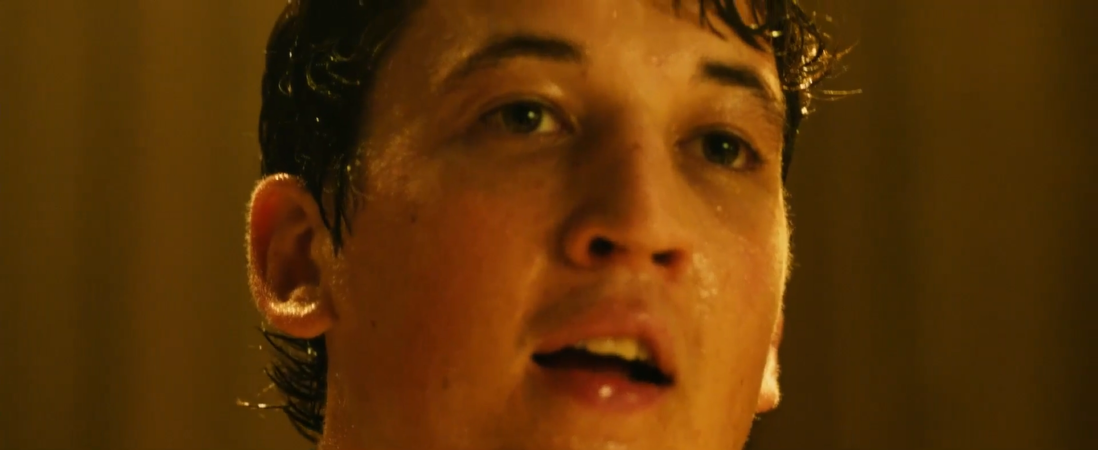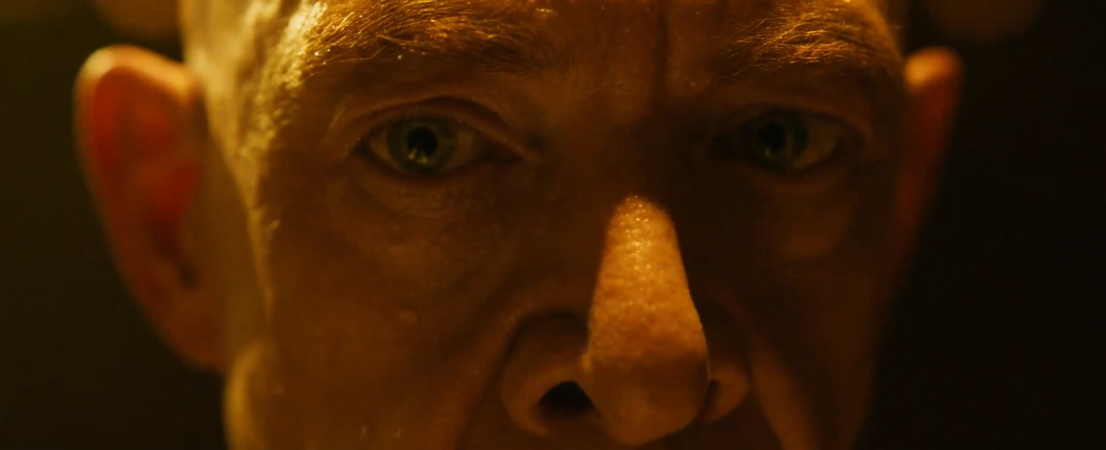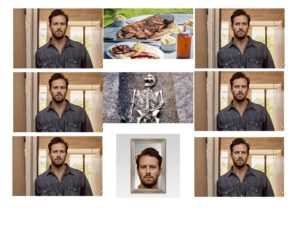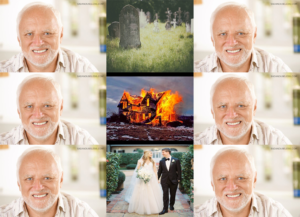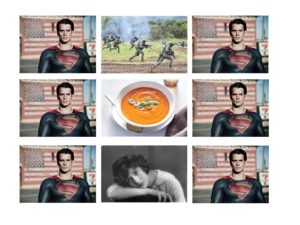Whiplash (dir. Damien Chazelle, 2014) is a drama about Andrew Neiman (Miles Teller) struggling to play in an orchestra, conducted by the abusive Terrence Fletcher (JK Simmons).
The end scene to this movie uses many different editing techniques to show Neiman’s performance on the drums, which all work together to create a very effective scene. For example, the scene begins with Neiman looking at the audience after he was humiliated by Fletcher. The shot first focuses on Neiman’s face, then cuts to the audience, and then back to Neiman’s face to show his reaction. Here, the editor has used the Kuleshov Effect to help the audience understand what Neiman is feeling in that moment. The shot of the audience is a wide angle, emphasising how many people were there to see Neiman fail. This makes the viewers realise how important this performance was for him. The structure of these shots help the viewers to understand how Neiman is reacting to being made to look like an idiot in front of all the people. The shot of the audience and Neiman reaction shot work together to perfectly present his feeling of failure for the viewers.
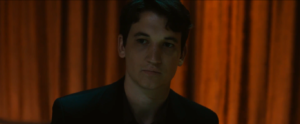
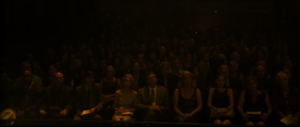

The scene later cuts from Fletcher’s face to Neiman’s face as Neiman walks off the stage. Their facial expressions are contrasting – Fletcher is smirking and Neiman looks very upset. This has been done so that the audience can understand how manipulative Fletcher has been to Neiman. The audience then sympathises with him, as Fletcher’s real intentions are revealed. These two shots have been edited together very effectively, emphasising its effect for the audience. It could be seen as an example of a matched cut, as Fletcher’s and Neiman’s faces are positioned in very similar ways. This helps to establish a strong continuity of the action, and amplifies the contrast between the two characters’ emotions.
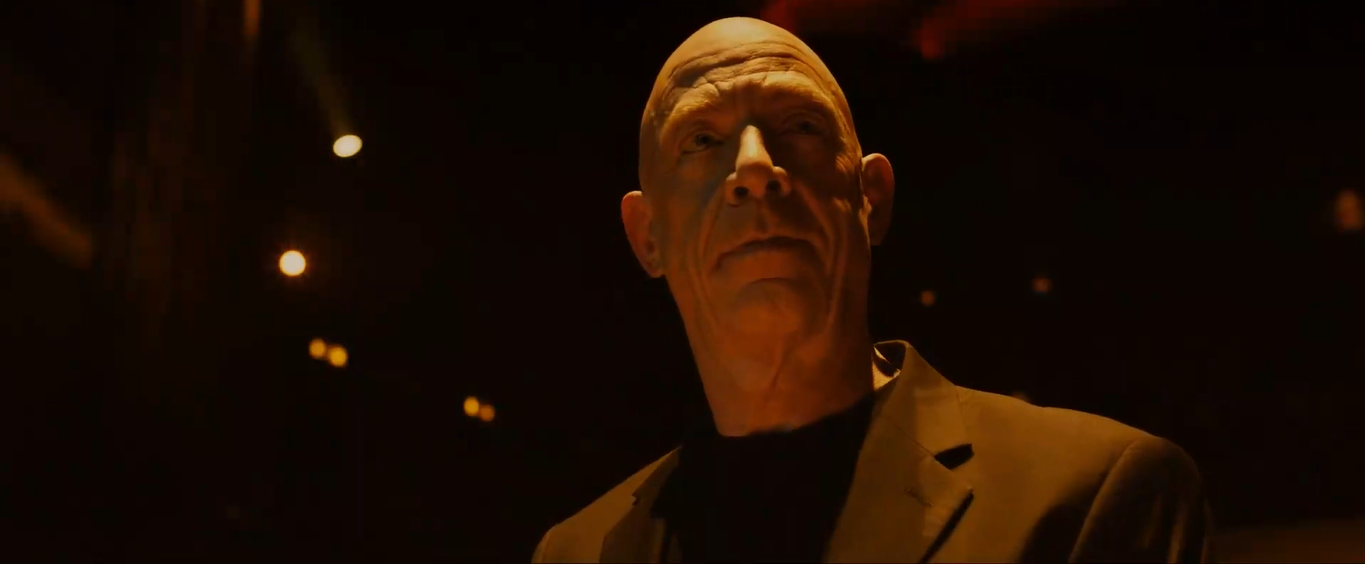
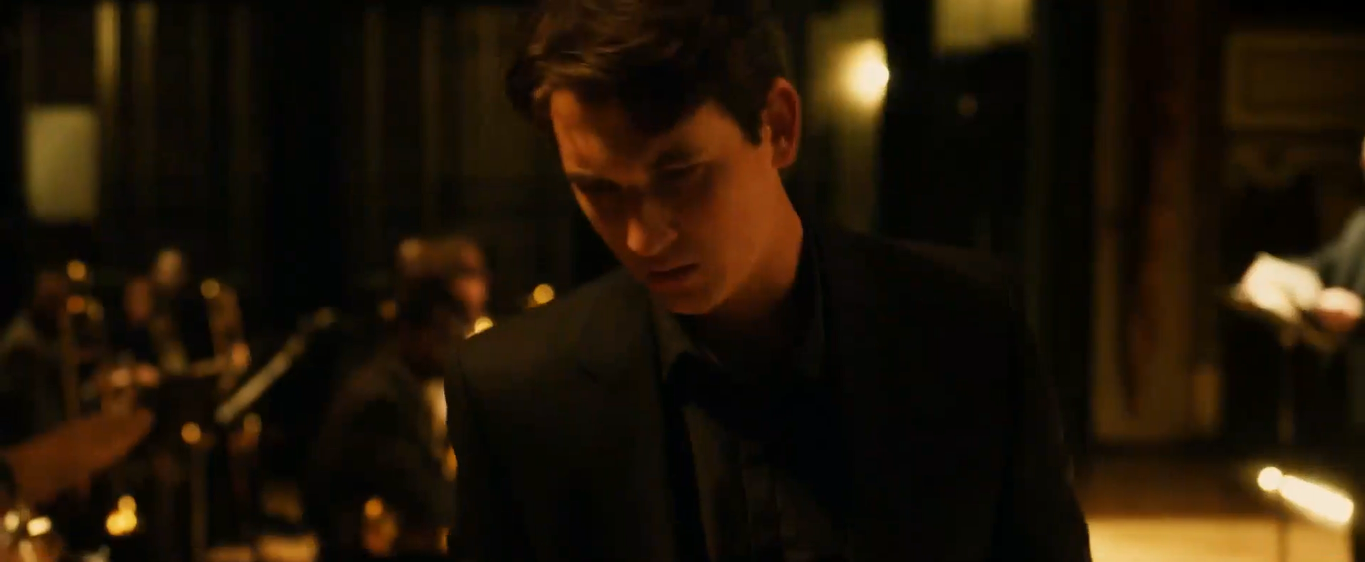
When Neiman starts playing the drums during Fletcher’s speech, the camera quickly cuts three times, each shot getting closer to his face. These jump cuts help to create the sense of determination that Neiman would be feeling at that moment. It also increases the pace of the scene, which makes what Neiman is doing seem even more risky. The camera then quickly switches to show Fletcher’s reaction, showing his shock and surprise. Again, this emphasises the possibility of danger that the audience could be feeling.
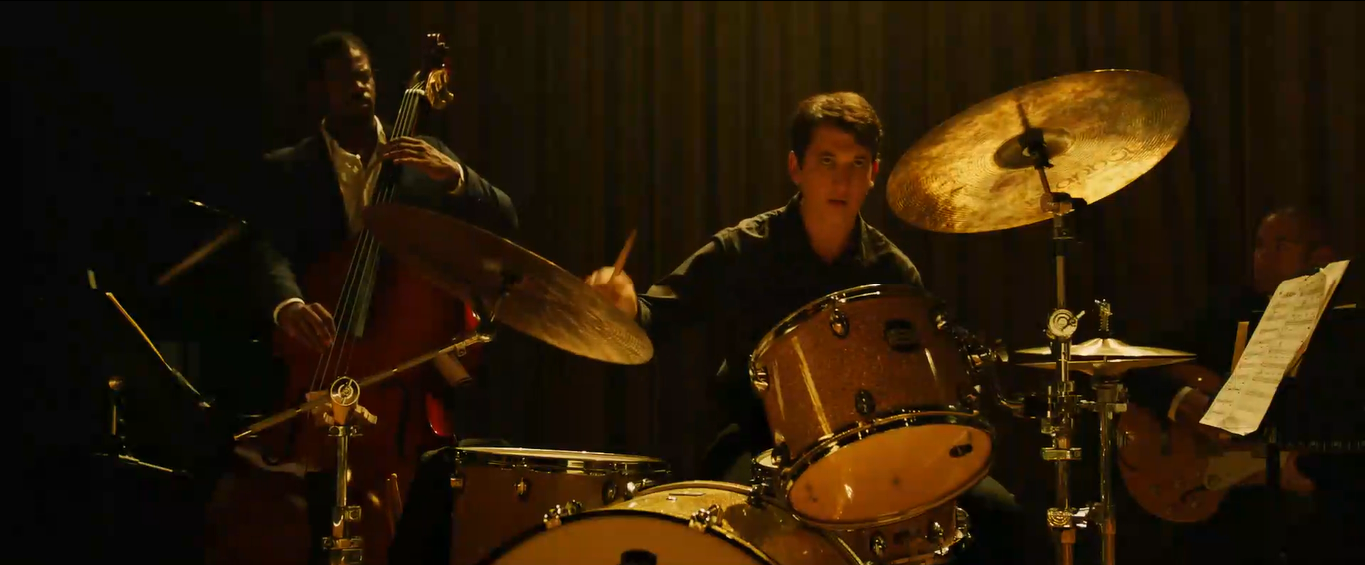
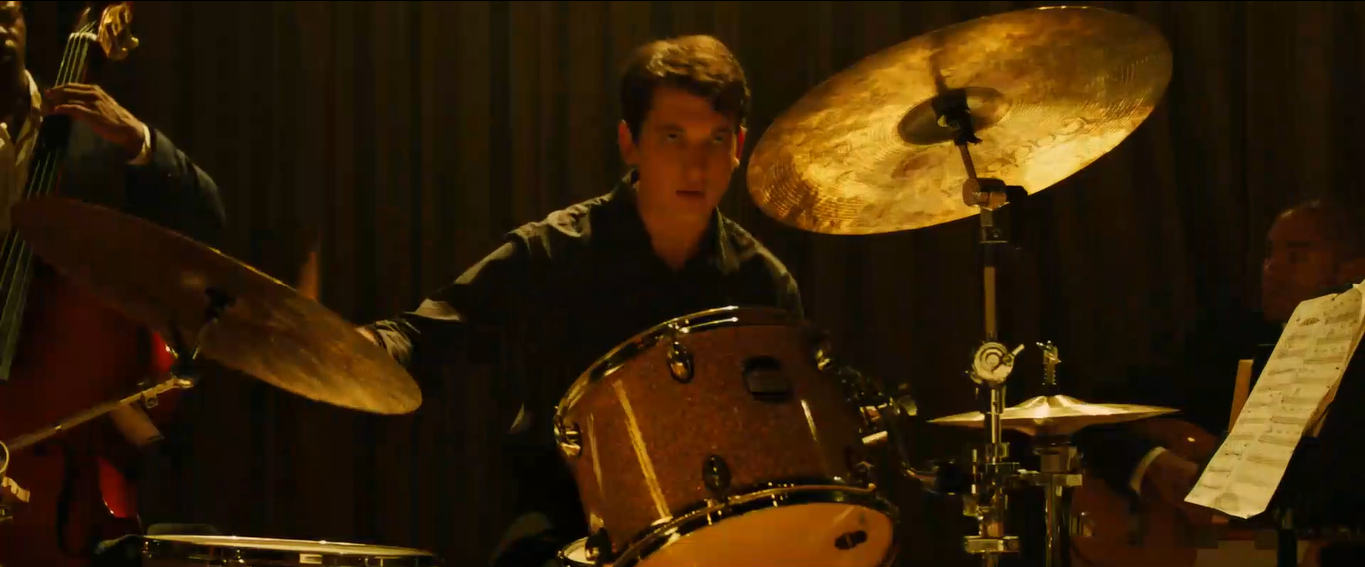
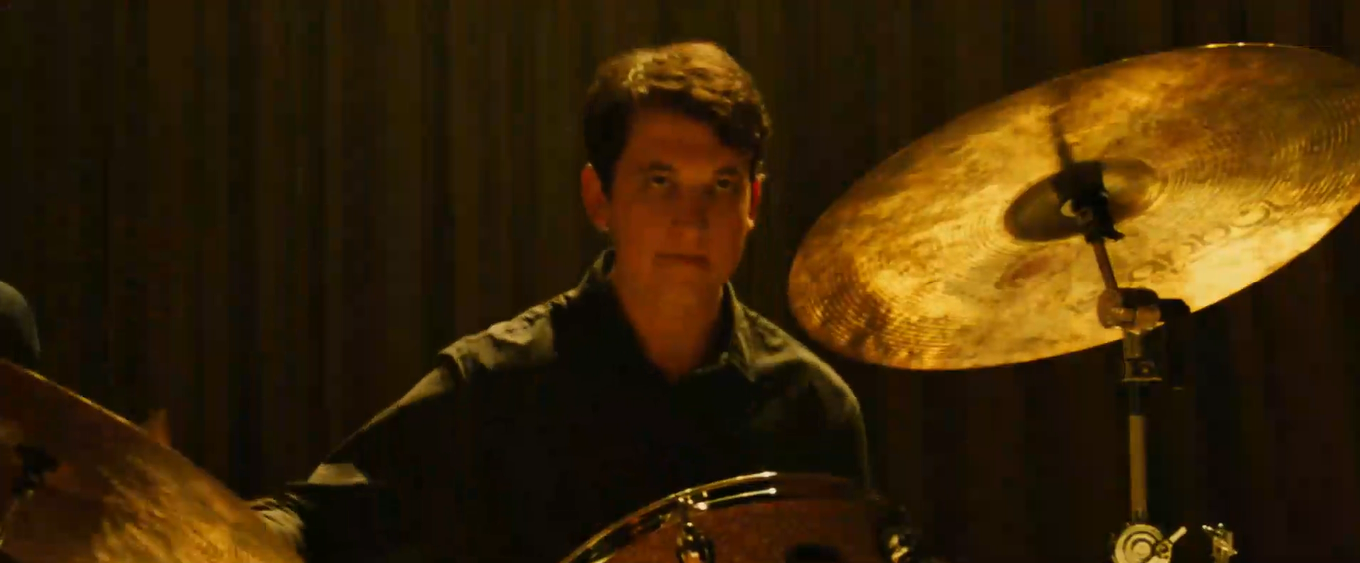
During the song, the camera cuts to different characters, showing their instruments as they join the song. These cuts are in time with the music, and make the scene seem very carefully planned. This montage of shots also includes cutting away to a high angle, allowing the audience to see the stage and orchestra in its entirety. This high angled shot is repeated again towards the end of the scene. Various quickly-edited shots of the orchestra are also repeated throughout.
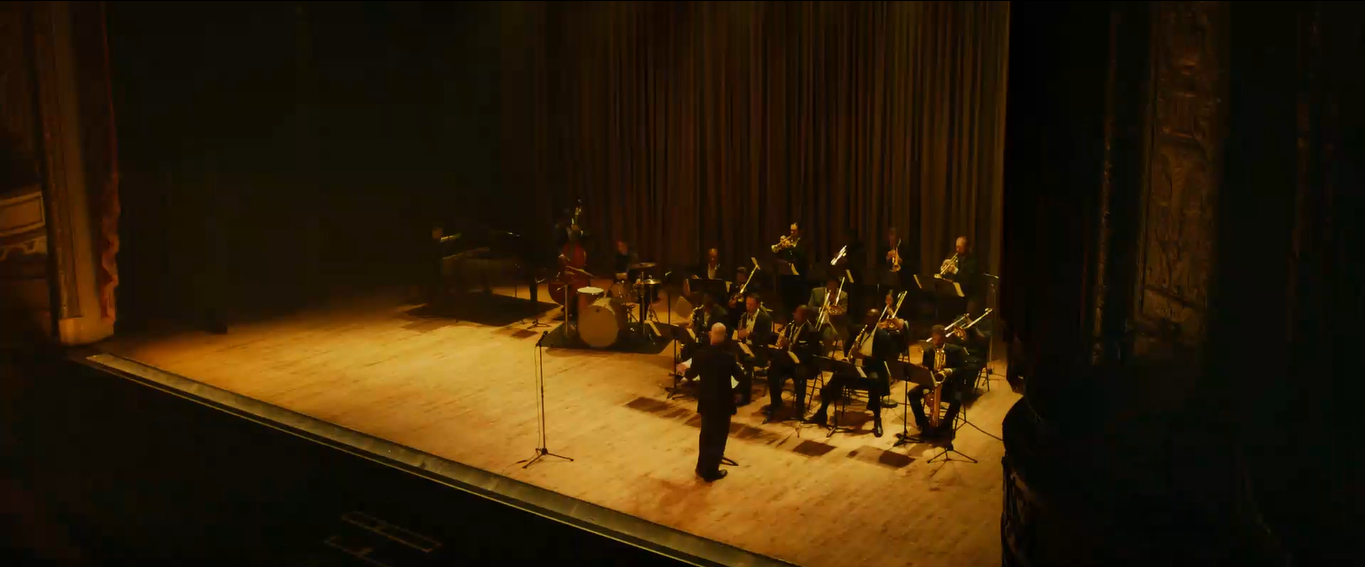
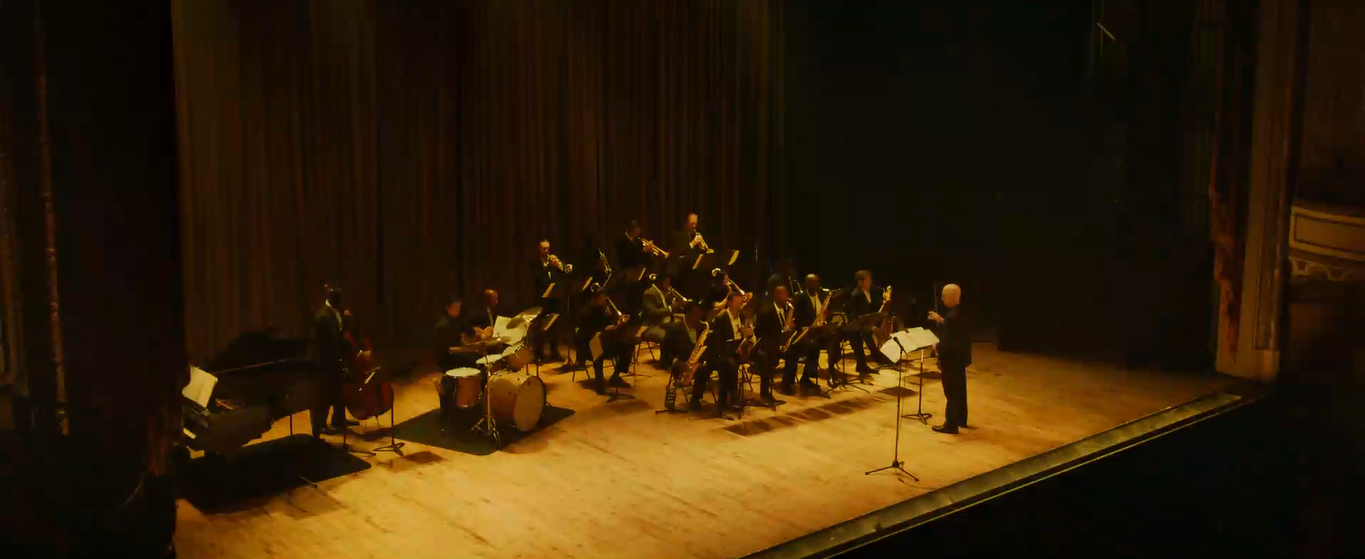
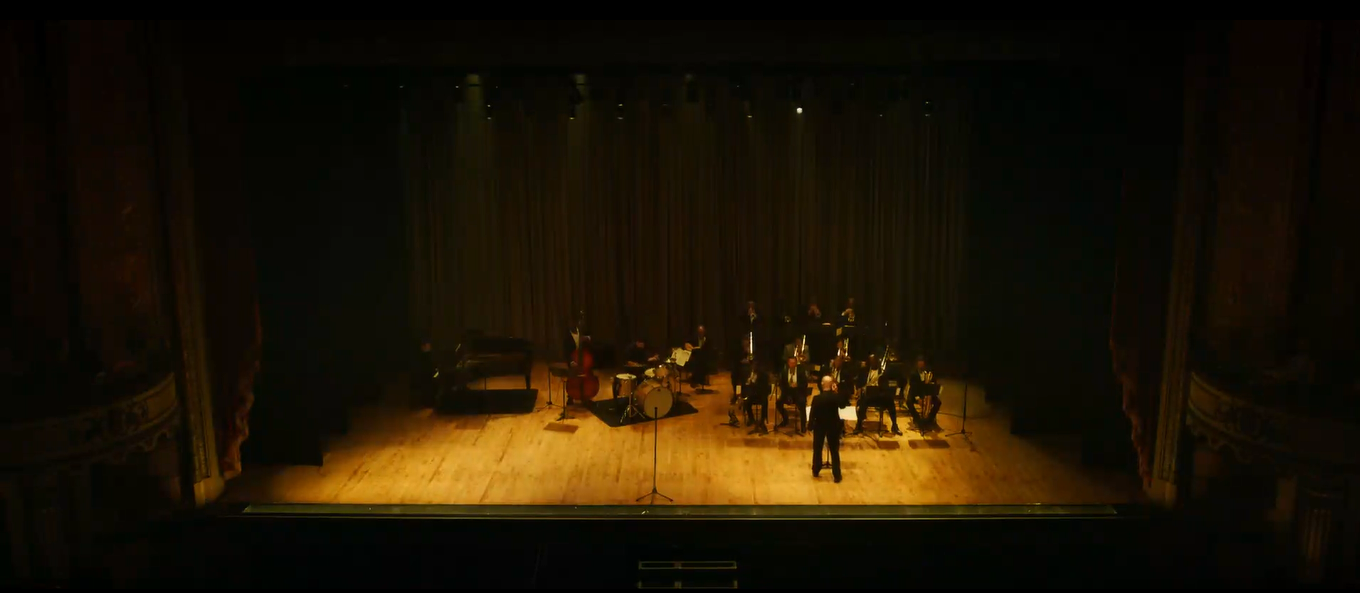
In this part of the scene, the camera doesn’t cut away at any point, instead choosing to quickly pan multiple times between the two points of action. This makes it seem like Fletcher and Neiman are working together, and sort of makes the audience think that they have ended their conflict. Also, the panning of the camera is in time with the music played by the orchestra, adding a sense of unity and control to this part. However, the longer shot makes the audience slightly uncomfortable, but it contrasts with the fast edited shots that came before it.
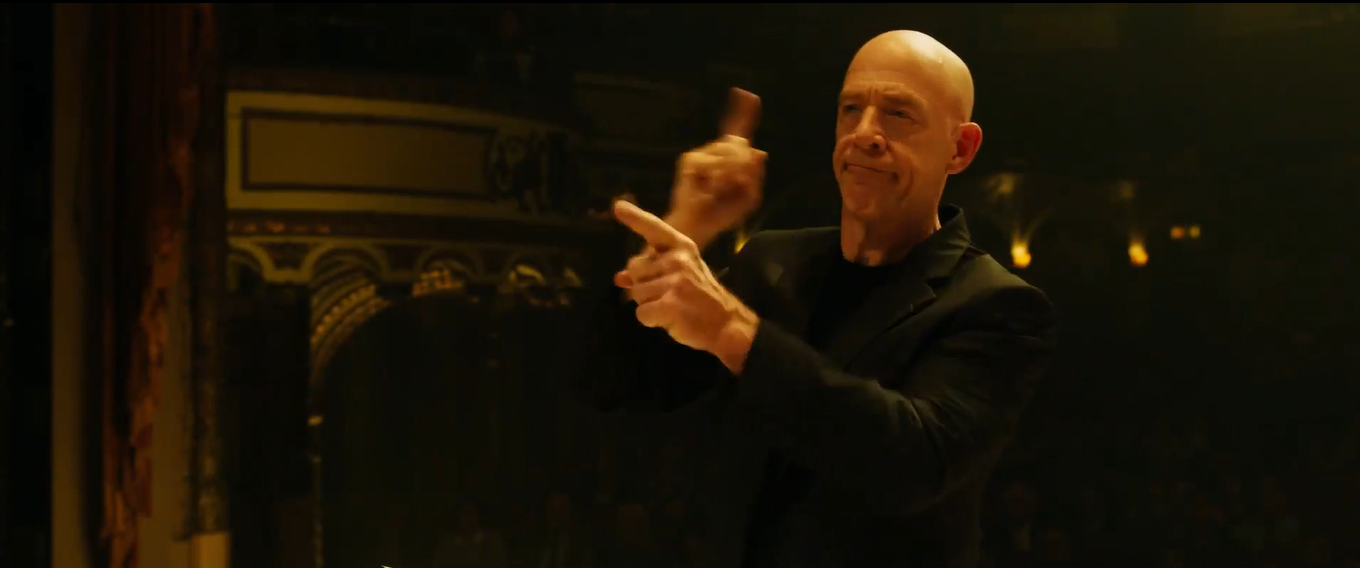
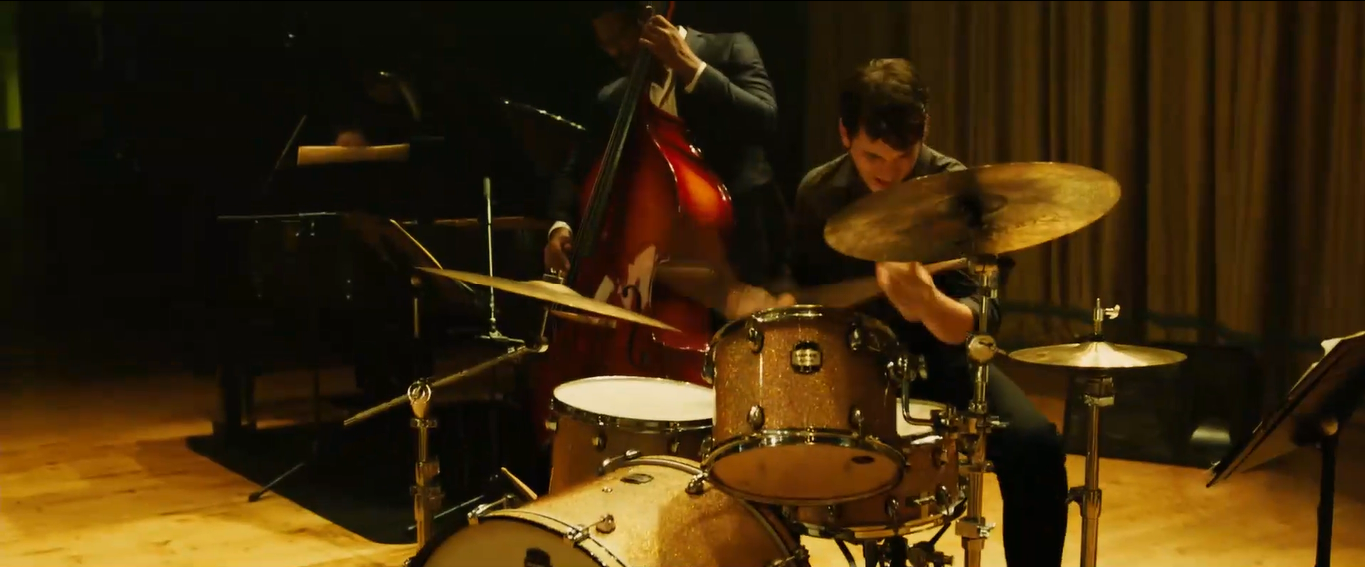
This section of the scene offers some variation for the audience. Instead of the camera focusing on the stage all the time, here it cuts away to show Neiman’s dad at the side of the stage, watching the performance. This cutaway shot reminds the audience that his dad is there, watching the entire thing happen. It also allows them to understand the scene from someone else’s perspective, as the shot cuts back to the stage after focusing on Neiman’s dad. This gives the audience the impression that they are seeing the action as his dad is seeing it, as it is a kind of eyeline match.


This heavily edited sequence comes right at the end of the final scene of the film. It shows a montage of different shots of Neiman playing the drums, focusing on parts like the cymbals and the bass drum. This is impactful for the audience, as it makes them realise how concentrated Neiman is to be able to hit all of the different parts of the drum as quickly as he is doing. The shot also cuts to show his blood on one of the cymbals – this shows how this performance is costing Neiman a lot of his effort. This is reiterated when the shot cuts back to his face, which seems to be in pain. This makes the audience sympathise with him, and makes his drumming seem more incredible.
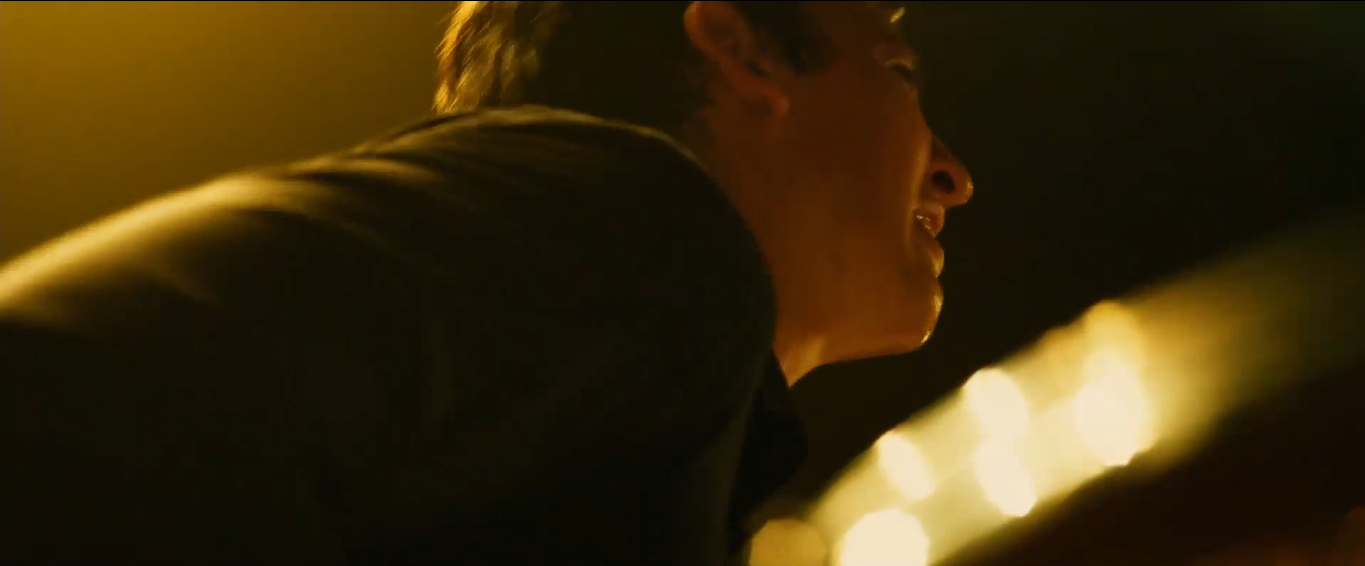


At the very end of the scene, there is a moment where Neiman and Fletcher stare at each other. This is another example of the Kuleshov Effect being used, like it was at the beginning of the scene. This time, both of their faces change in the second shots to show their reactions, rather than having the same expression. The smiles on both of their faces show the audience that Neiman has finally succeeded in making Fletcher happy with his drumming skills. This works as a good ending to the film, as it resolves the conflict that had occurred between the two characters, as Fletcher was abusive towards Neiman.
